Can a mountain become a social network?
Techradar heads to the Alps with Nokia to find out
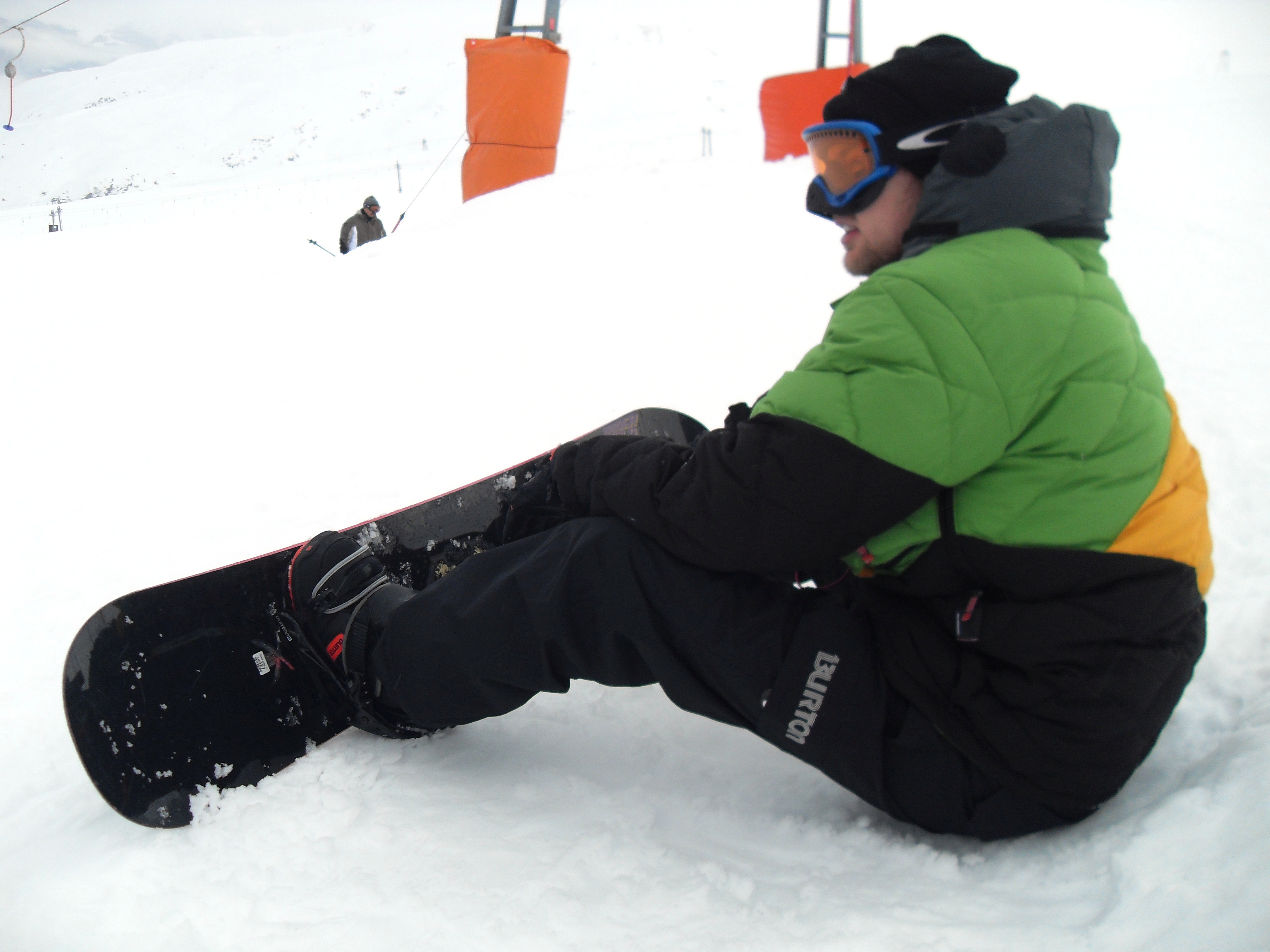
Nokia might be all about Windows Phone 7 at the moment, but that doesn't mean the company isn't trying to keep going with its myriad projects to take its mobile phone technology into new area.
The one that garners the most attention is Nokia Push, where the Finnish company ask the developer community to see what it can make happen with the technology available from Nokia phones.
The latest iteration: Push Snowboarding, where a group of developers hit on the idea of arming a group of snowboarders with all kinds of sensors and sending them scooting down a mountain to see what happened.
TechRadar was invited along to take part in the alpha test, and we got a chance to see up close how the power of the Symbian platform was being exploited to allow six sensors to helps boarders get an accurate look at their performance down a mountain.
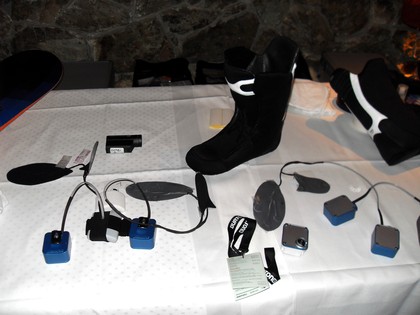
"We're literally at the alpha stage, so we've invited everyone down to get some data and open that up to developers," Stuart Wells, from Nokia's Push project, told TechRadar.
"This is a project designed to get the community involved, so we have no idea where it's going to lead to."
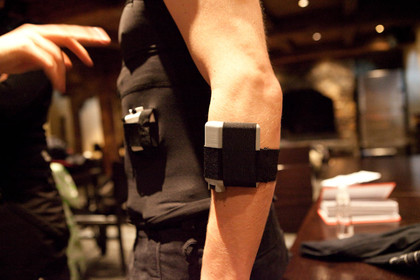
It's an intriguing concept: five sensors (plus a Nokia N8 Symbian^3-powered phone) are attached to the rider and the board, including measuring heart rate, Galvanic Skin Response (measuring 'excitement' through changes to the chemicals present in the skin), pressure sensors in the boots and accelerometer/magnetometer on the board itself, as well as GPS and Bluetooth connectivity from the N8.
Sign up for breaking news, reviews, opinion, top tech deals, and more.
The alpha tag to the test is very much warranted at the moment: each sensor is massive and needs to be either screwed on to the board or specially clipped, pushed or strapped to the rider, with a long preparation time needed.
"At this stage, all the sensors were produced by hand, all the soldering and construction was done individually [using generic circuitboards and technology] but the sensors can only get smaller and smaller," added Wells.
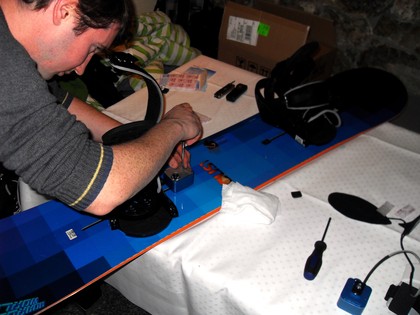
"If we ever got it to mass production, and we'd love it to, it would obviously have to be made a lot smaller and be something that many types of riders can get a lot of use out of."
All this technology paints a rounded picture of the rider's descent down the mountain; every twist and turn paints a picture of the boarder's experience, be it which part of the board they're pressing down on or simply how hard the heart is beating at any given point.
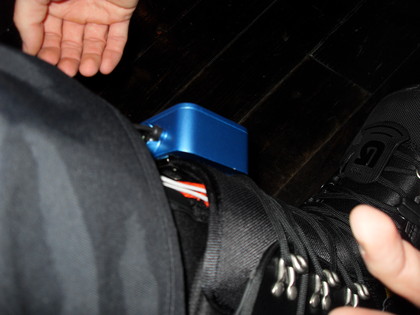
The Galvanic Skin Response, the same technology which used to be used in lie detectors, gives an idea of how excited the boarder is during the run - something Nokia termed 'Rush' - if it's coming down from a jump, or simply moving slowly down a mountain, there's a marked difference in all the factors and this can be used to help train or simply improve technique.
As you can see from the video, the sensors aren't completely accurate and still need a lot of fine tuning, but it shows the mobile phone is now opening up a world of data that was previously unavailable.
Ben Mason, Strategist from the Hyper team responsible from getting the project up and running, said that it was this new level of data that showed that today's smartphones were evolving to allow us to see things that no technology has previously been able to do:
"Unlocking all this data is very exciting, making the invisible suddenly visible," he noted.

"It's about getting inside the head of the boarder - but no matter how creative with it, the public can always get more creative. It's going to be so varies, we'd love to see people doing stuff like creating a social network [with the data]."
- 1
- 2
Current page: Setting up for the Bluetooth Snowboarding trials
Next Page Turning the data into something cool
Gareth has been part of the consumer technology world in a career spanning three decades. He started life as a staff writer on the fledgling TechRadar, and has grew with the site (primarily as phones, tablets and wearables editor) until becoming Global Editor in Chief in 2018. Gareth has written over 4,000 articles for TechRadar, has contributed expert insight to a number of other publications, chaired panels on zeitgeist technologies, presented at the Gadget Show Live as well as representing the brand on TV and radio for multiple channels including Sky, BBC, ITV and Al-Jazeera. Passionate about fitness, he can bore anyone rigid about stress management, sleep tracking, heart rate variance as well as bemoaning something about the latest iPhone, Galaxy or OLED TV.